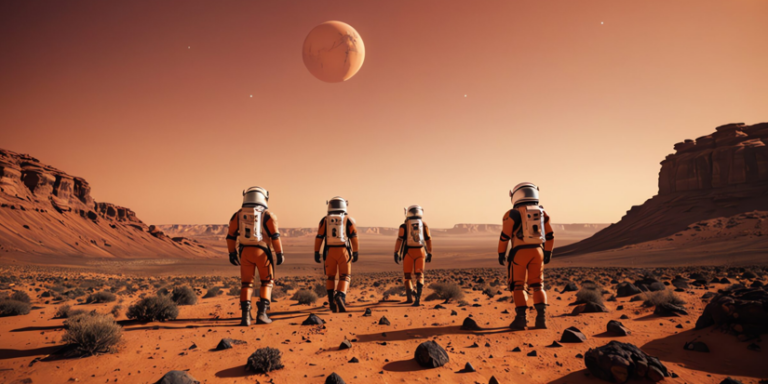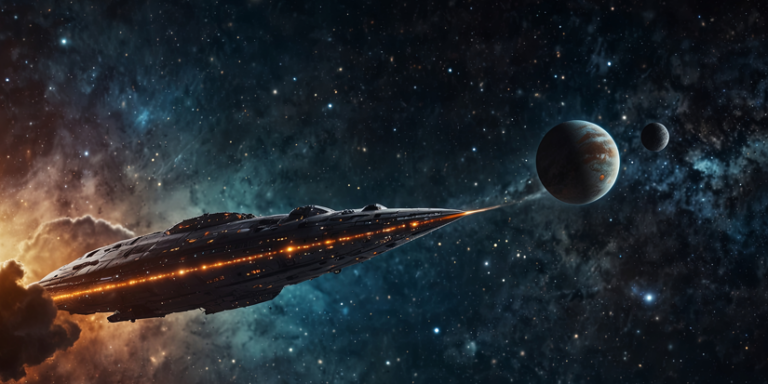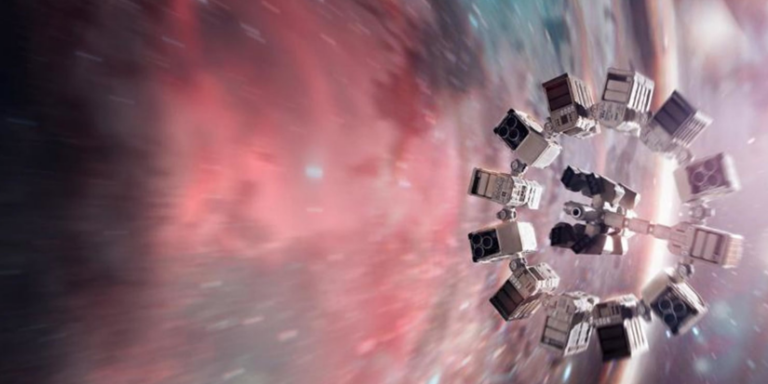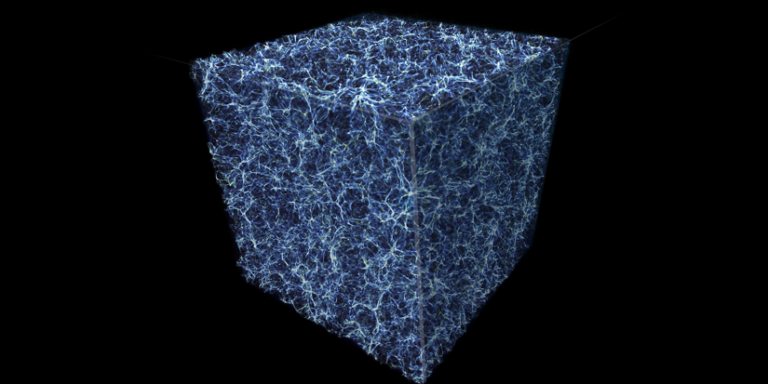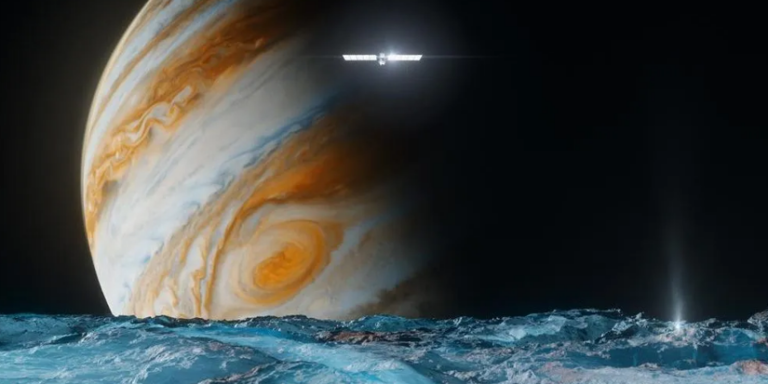
The rocket equation, also known as the Tsiolkovsky rocket equation, is a fundamental principle in astronautics that explains how rockets work and how their speed changes as they burn their fuel. It was developed by Russian scientist Konstantin Tsiolkovsky in the early 20th century.
At its core, the rocket equation states that the velocity (speed) of a rocket is determined by two factors: its exhaust velocity and the natural logarithm of the ratio of its initial mass to its final mass.
Here’s a simplified breakdown of the equation:
- Exhaust Velocity (Ve): This is the speed at which the rocket’s exhaust gases are expelled backward. It’s a measure of how fast the rocket can “push” itself forward by pushing the exhaust gases in the opposite direction. Higher exhaust velocity means the rocket can achieve higher speeds.
- Initial Mass (Mi) and Final Mass (Mf): The initial mass is the total mass of the rocket, including its fuel, when it starts. The final mass is the remaining mass of the rocket after it has burned its fuel. As the rocket burns fuel, its mass decreases.
- Natural Logarithm (ln): This is a mathematical function that’s used in the equation to calculate the change in velocity.

In simple terms, the equation tells us that a rocket’s change in velocity is directly proportional to its exhaust velocity and the natural logarithm of the initial mass divided by the final mass. This means that the more massive the rocket’s fuel is compared to the rest of the rocket, the higher the change in velocity it can achieve. As the rocket burns fuel and loses mass, it becomes lighter, allowing it to accelerate more efficiently.
In practice, the rocket equation helps engineers design rockets to reach specific speeds and destinations in space. However, it also highlights a challenge: as a rocket’s speed increases, it needs more and more fuel to achieve additional velocity due to the logarithmic nature of the equation. This is why rockets often have multiple stages, where each stage contains its own engines and fuel. As a stage runs out of fuel, it’s jettisoned, and the remaining stages continue the journey.
